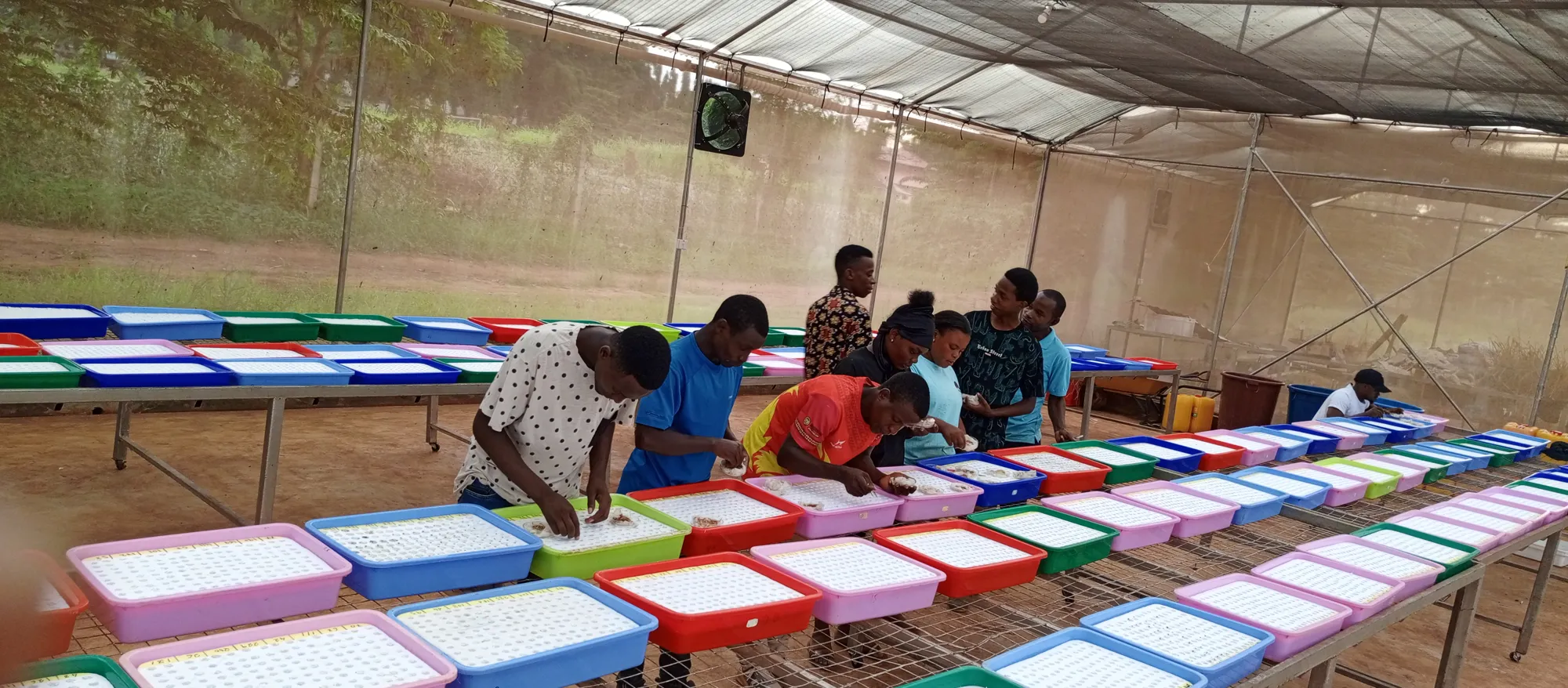
Background
Rice is becoming a key crop in Sub-Saharan Africa (SSA), significantly enhancing food and income security, particularly in countries like Kenya and Ethiopia. Despite efforts from governments and development agencies, local demand continues to outpace supply due to population growth, urbanization, and changing food preferences, leading to increased imports that burden local economies. To achieve self-sufficiency by 2030, many countries are focusing on increasing yields (currently about 2.4 tons per hectare in SSA compared to 4 tons in Asia) and expanding cultivation areas when resources permit.
Over 200 million ha in SSA are currently suitable for rice production, but only 12 million ha are estimated to be in use. The low productivity in SSA is attributed to several factors, including the prevalence of abiotic stresses, particularly salinity, drought, flooding, and extreme temperatures, all of which are substantially being worsened by climate change, threatening the achievement of the UN-SDGs aiming at curbing poverty and hunger, especially for smallholder farmers. Efforts are needed to improve the production and competitiveness of locally produced rice to meet local demands and limit imports.
The project aims to build the capacity of researchers and extension staff, farmers and other stakeholders to increase and sustain food production and economic growth of farming communities in these highly fragile and impoverished areas.
Objectives
The research's goal is to improve rice productivity by developing varieties tolerant of salt and drought stress to enhance food security, reduce imports and increase the income and wellbeing of farming households in Sub-Saharan Africa.
Specifically, the goal is to:
- Identify novel sources of salinity tolerance from African and Asian germplasm, and characterize them for traits and mechanisms associated with tolerance;
- Identify major QTL/genes associated with tolerance from novel donors, and develop efficient genetic markers for use in breeding;
- Develop high-yielding climate resilient rice varieties for SSA, combining major genes for salinity tolerance together with genes for other abiotic stresses relevant for particular local conditions, with emphasis on drought.
- Strengthen the capacity of local researchers, extension staff and other stakeholders in relevant areas to speed progress for impact.




